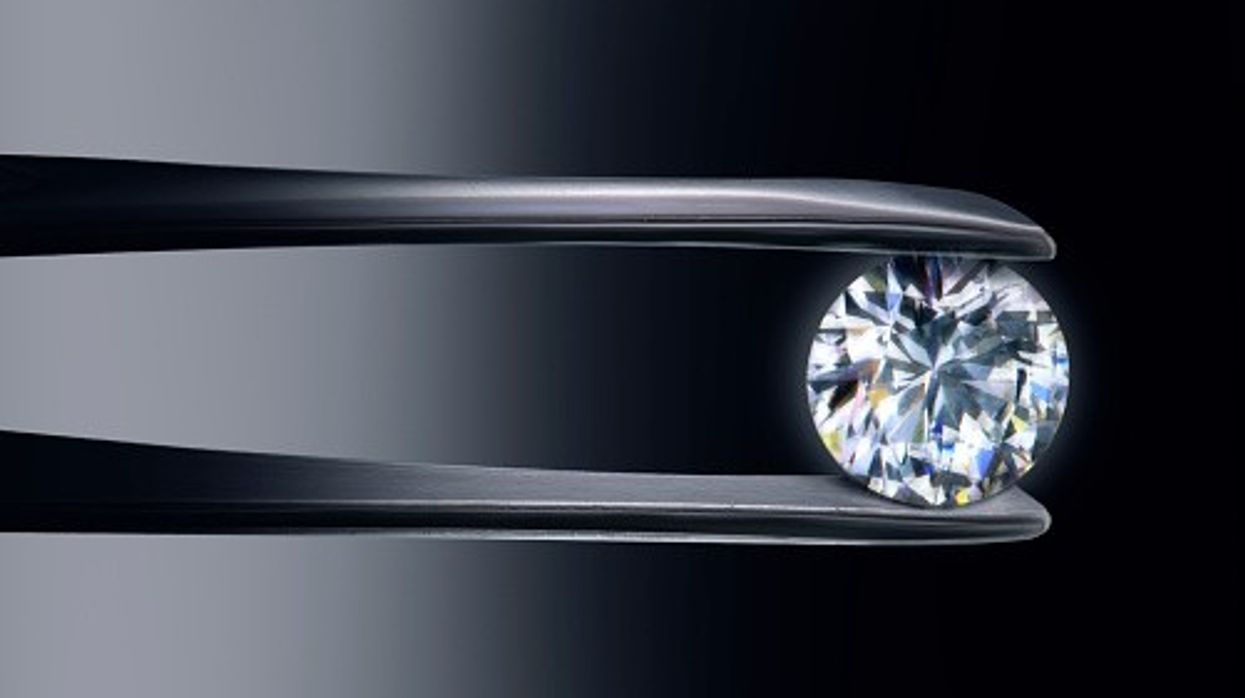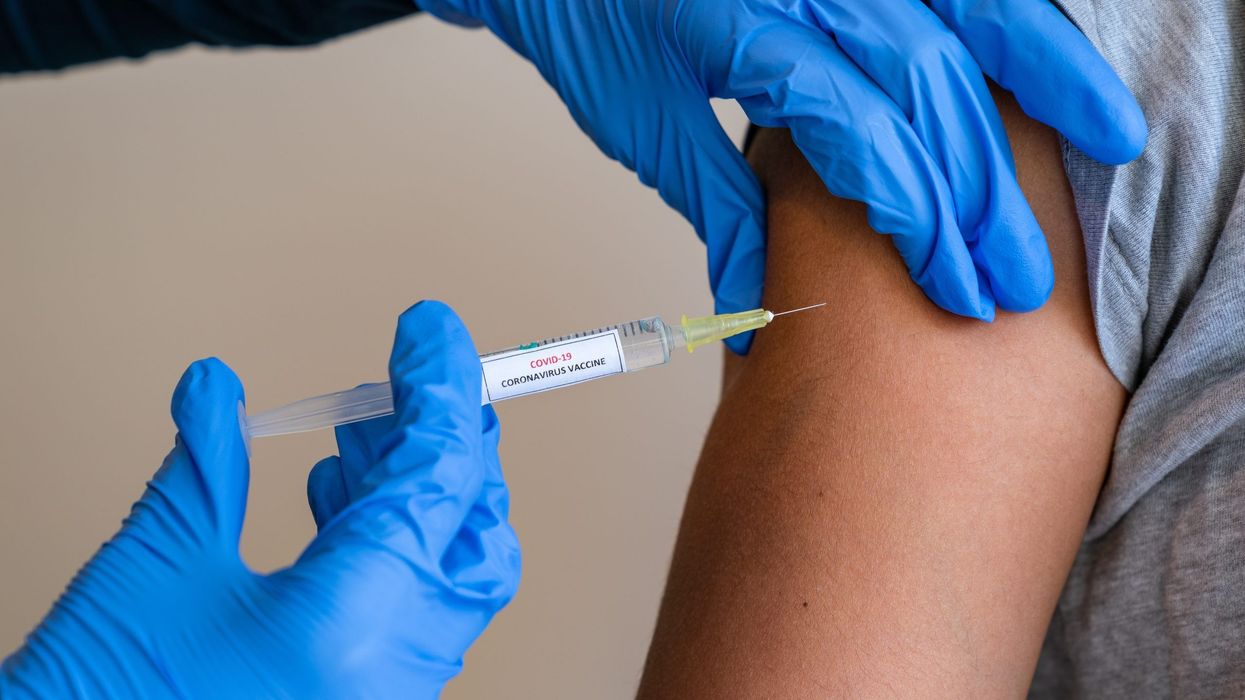Key Summary
- Warwick scientists created a diamond-based handheld sensor to track cancer spread
- It replaces dyes and radioactive tracers with safer magnetic tracers
- Could be used for multiple cancers, including lung, liver, and colorectal
The University of Warwick has developed diamond-based cancer sensors that can help doctors map the spread of cancer.
Tiny magnetic tracer fluids are injected into the body and doctors use a handheld device to check the status of cancerous cells.
The device uses a diamond to sense changes in magnetic fields. It is compact and does not require bulky electronics.
They help doctors find out whether the cancer has reached the lymph nodes, or undergone a metastasis, the spread of cancer cells from the original tumour to other parts of the body.
This is safer than existing techniques that employ dyes and radioisotopes for imaging.
Researchers claim the device could eventually be applied to various cancers, including lung, liver, colorectal and oesophageal tumours.
The findings have been published in Physical Review Applied.
The researchers explained that the design uses a diamond measuring only half a cubic millimetre alongside a small permanent magnet.












